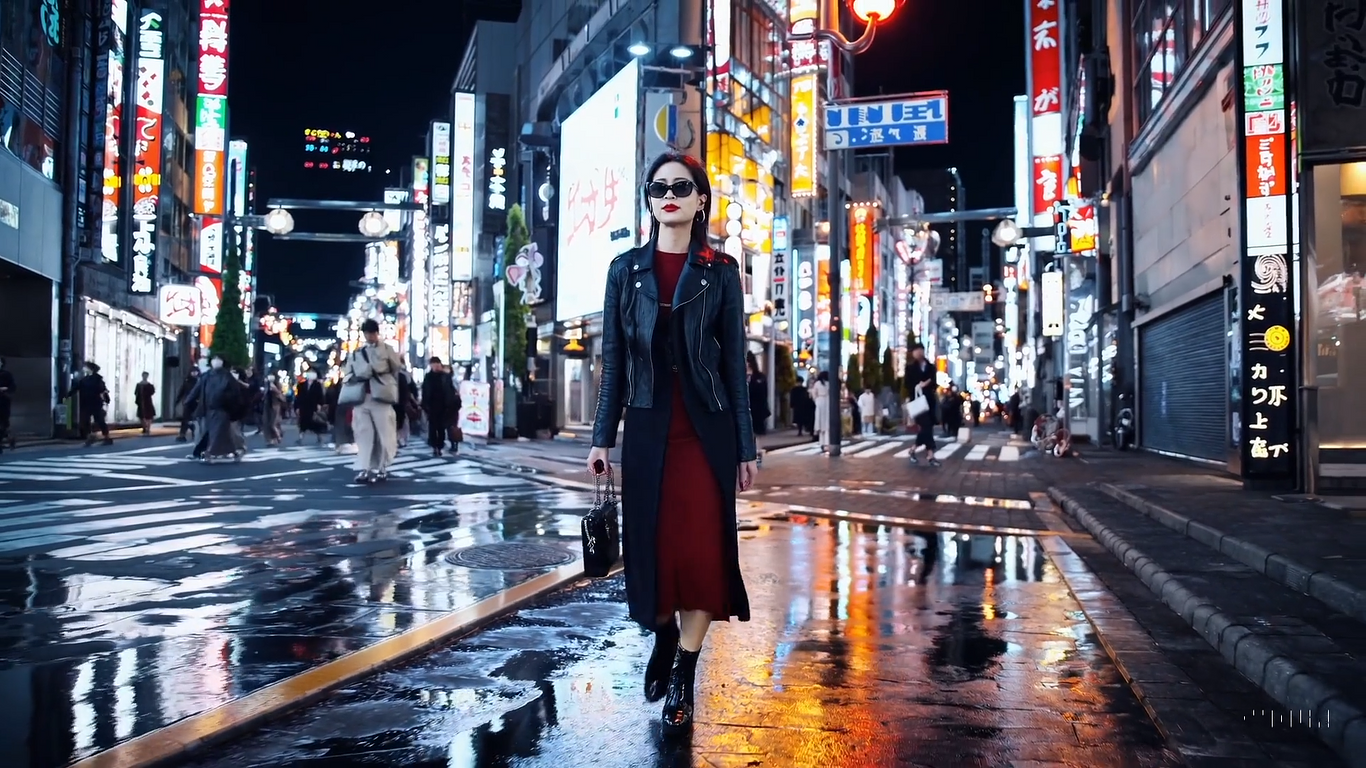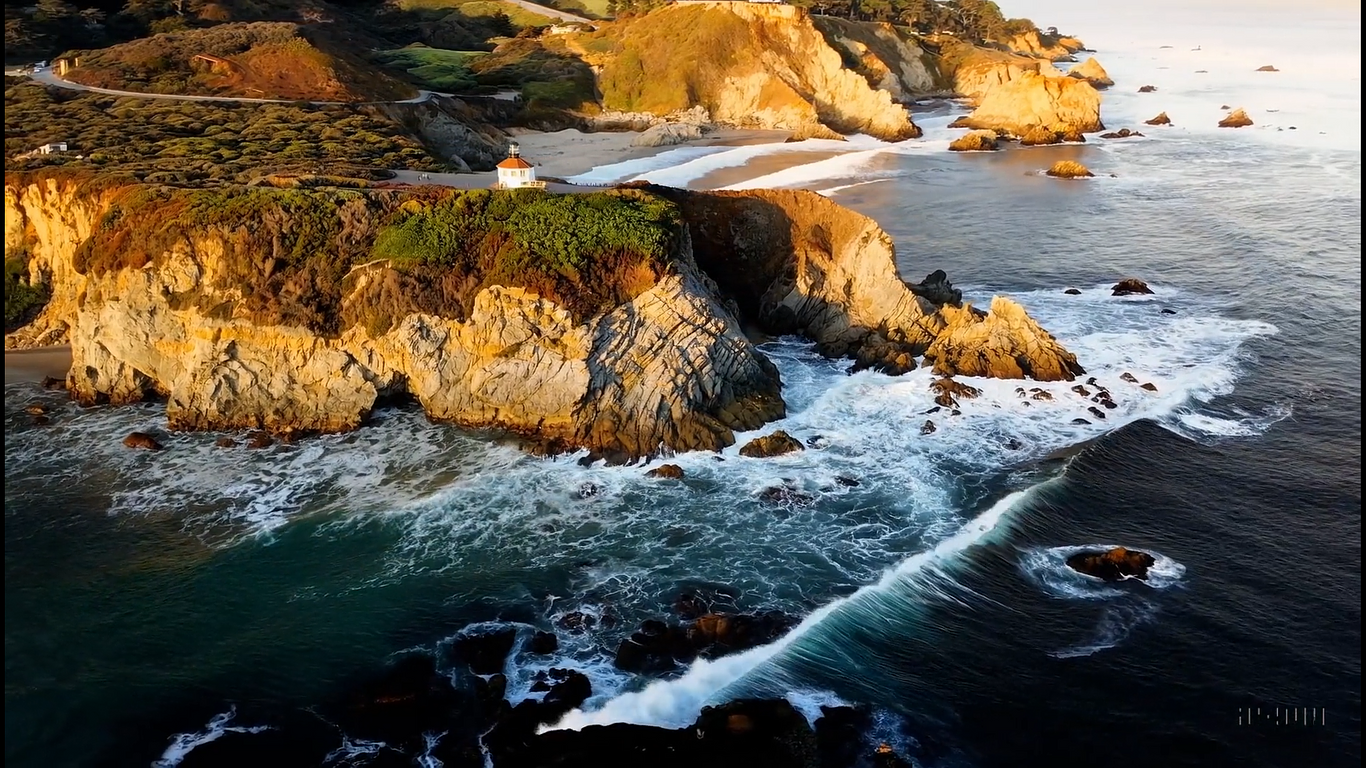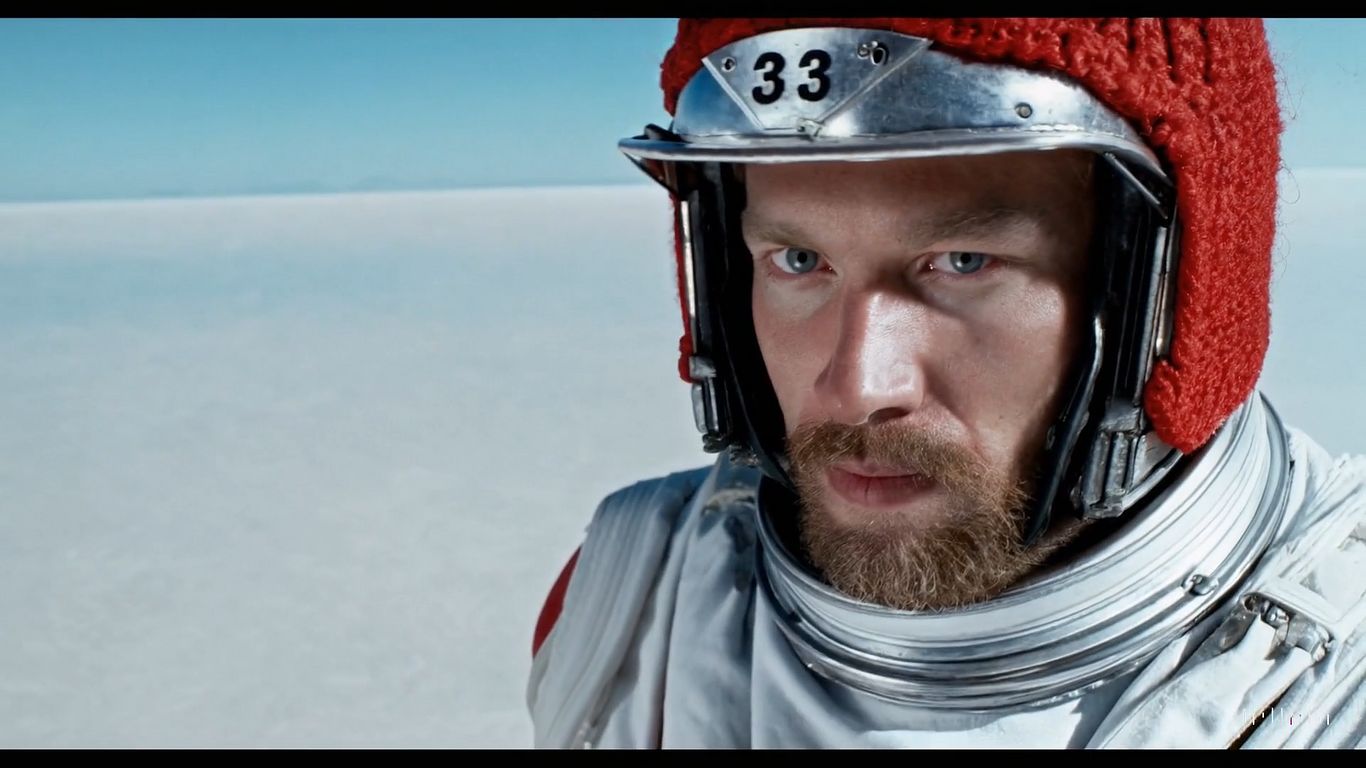
Articles
Sora and Archviz: Evolution or a New Challenge?
OpenAI just unveiled Sora, and let me tell you, it's like stepping into a whole new era of AI-generated content. This isn't just any update; it's a leap. Sora can take a simple text prompt and whip up video clips that last up to a minute, loaded with details that'd usually take us hours in rendering software. We're talking about videos with reflections that actually reflect, textures that feel tangible, and lighting that behaves like it should, minus the real-world hassle. Most of all, we're talking about consistent visuals that are light-years ahead of the mess we have come to expect from AI-generated videos in the recent past.
From an archviz perspective, the realism achieved by Sora is both thrilling and a tad terrifying, reminiscent of the sensations stirred by DALL-E and Midjourney with still images. Imagine crafting a walkthrough of a yet-to-be-built building, replete with dynamic lighting and moving people, all from a mere text description. The technical prowess on display—ensuring object consistency so that elements don't randomly morph or disappear, and simulating complex scenes and physical interactions with astonishing accuracy—is nothing short of mind-boggling. This technology does, indeed, have the potential to revolutionize the way we present and market architectural projects.
(Of course, this hinges on our ability to precisely articulate what we envision to our AI collaborator, but that delves into a whole other conversation.)
(Of course, this hinges on our ability to precisely articulate what we envision to our AI collaborator, but that delves into a whole other conversation.)
Is the end really nigh?
Now, onto the million-dollar question: Could Sora ruin our industry? Short answer: No, but it's definitely going to shake things up. The quality and efficiency Sora brings to the table could make traditional methods seem outdated overnight. We're looking at a future where generating hyper-realistic animations might no longer require expensive software or beefy hardware, just clever text prompts (and, of course, a monthly subscription).
Naturally, this shift brings a heap of questions: Will we eventually find ourselves pouring thousands into specialized hardware and bespoke software just to run our own custom models and stand out from the competition? What happens when a client asks for a minor tweak in a video, but we're stuck because the tech hasn't caught up? And how do we even know if our unique video isn't just a recycled version of something made for someone else? Copyright issues loom large, adding to the uncertainty. Unfortunately, there are way more questions than answers.
However, this isn't just about making our jobs easier, more affordable, or more complex (we've all been there before with the advent of ray tracing and real-time rendering); it's about the broader implications. On one hand, tools like Sora democratize high-quality animations for architectural visualization, potentially opening doors to greater creativity and innovation. On the other hand, they raise valid concerns about misinformation and the potential devaluation of skilled professionals' work.
'Everyone is special' is just another way of saying no one is
- Dashiell Robert Parr
The buzz within the CG community suggests a looming threat: 'Now, anyone can do our jobs,' a sentiment echoed in numerous discussions across OpenAI's forums, where fears abound that Sora and similar technologies could spell the end for the industry and its professionals.
Yet, this anxiety might stem more from our perception of change than from the actual evolution unfolding before us. Archviz, like any art form, has traditionally benefitted from a high barrier to entry. This exclusivity has provided a sense of job security for professionals who, ironically, often seek out tools that simplify their workflow or reduce system demands. The irony lies in the profession's dual quest for ease and exclusivity; the emerging fear is that technological advancements like Sora are lowering this barrier to the point of nonexistence, suggesting anyone could replicate the work of seasoned professionals.
However, this predicament seems to touch on a deeper issue: a question of self-identity within the profession. What truly defines an archviz artist? Is it merely the capacity to transform technical plans into comprehensible visuals, the mastery of specific software, or rather the ability to infuse lifeless data with warmth, invoking emotion and possibility through art? If your value as a professional is tied to technical prowess alone, then indeed, Sora poses a significant threat. Yet, if you see your unique contribution as the ability to connect, to imbue your work with a soul through empathy and artistic sensitivity, then AI becomes merely another tool, not a rival, in your extensive repertoire. Just another brick in the (already lofty) wall.
So... What's next?
Looking ahead, the key for us in the archviz field is to adapt and innovate, whether through videos created with Sora or still images crafted with Midjourney. Let's embrace the technology, push its boundaries, and weave it into our workflows, all while preserving the human touch that infuses our work with depth and meaning. Sora and similar tools might shift the landscape, but they're not the final word. After all, the vision and emotion we bring to our projects remain uniquely ours. By riding this wave of change and exploring the synergy between art and AI, we're not just keeping pace—we're shaping the future of archviz. It's an exciting time to be in this field, and I'm all in for the journey ahead.
Learn more about Sora here.
You must be logged in to post a comment. Login here.
About this article
This article explores OpenAI's Sora and its implications for the architectural visualization industry, questioning whether it's a revolutionary asset or a professional challenge. Highlighting Sora's ability to produce highly realistic videos from text prompts, it underscores the potential shifts in project presentation and design processes. However, it also touches on the technology's limitations and ethical considerations.
visibility707
favorite_border0
mode_comment0









